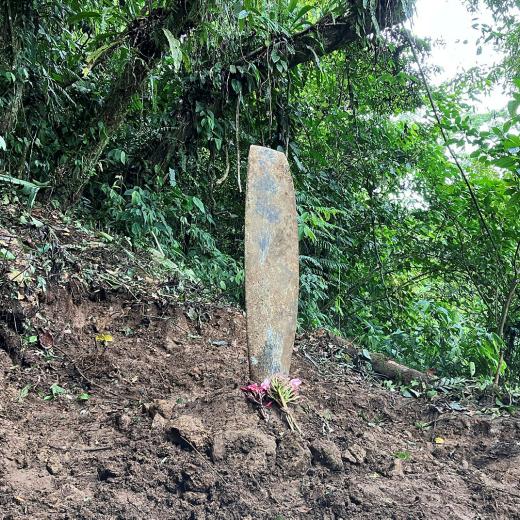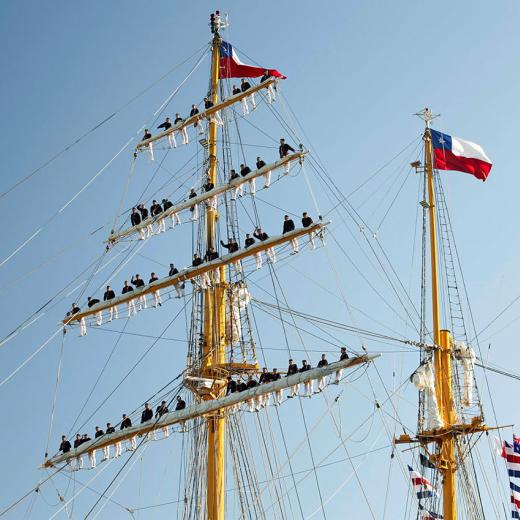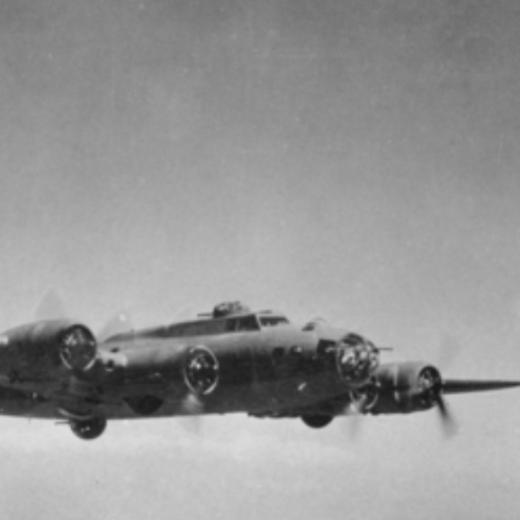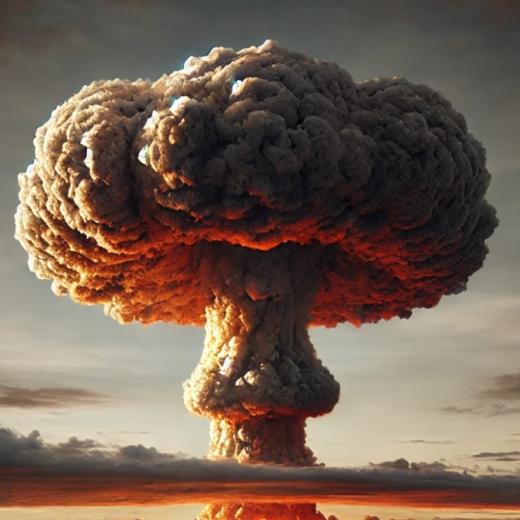BLUF
Changing to 100-octane (100/130 aviation gasoline) just before the Battle of Britain increased the speed of the Spitfire by 25-30 M.P.H. at low and medium altitudes and made it equal, or superior, to the German Me 109 at all altitudes.Summary
Richard Dunn writing in Warbird Forum, makes the following points:
- In the early 1930s, motor fuel rated about 40 octane, aviation fuel 70-80.
- Aviation gasoline comprised about .5 per cent of the market.
- Aviation pioneer Jimmy Doolittle (later famous for the WW2 Doolittle Raid) lobbied Shell and the government to increase 100-octane production to make it cheaper through economies of scale.
- In 1937 the US Army (for the Air Corps) mandated 100-octane for combat aircraft.
- After some hesitation, the RAF modified the Merlin engines of Spitfires and Hurricanes to 100 octane before the Battle of Britain.
References





